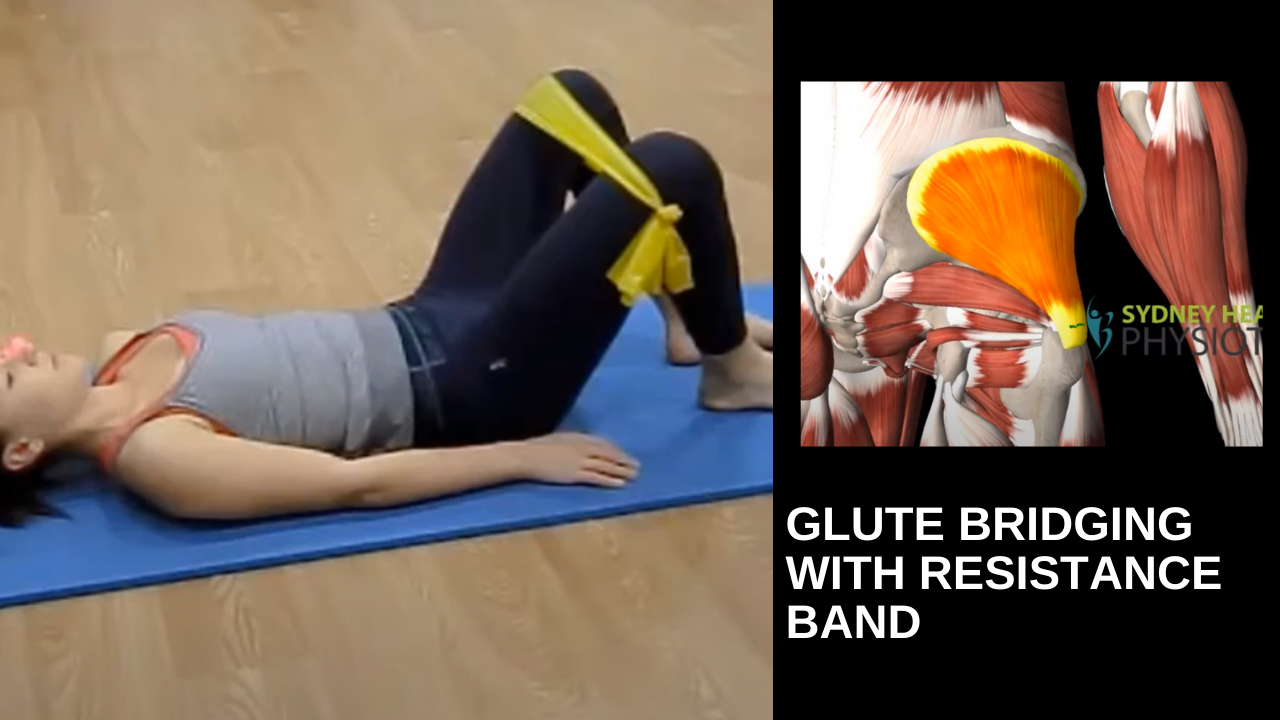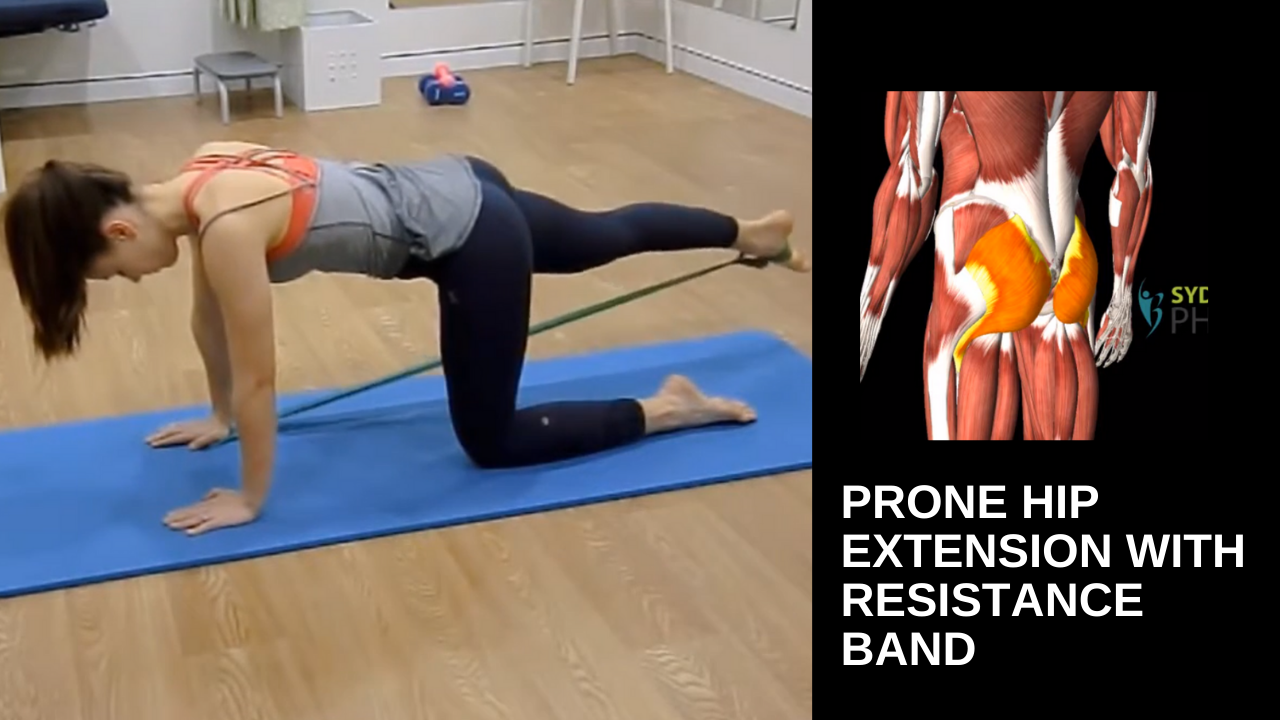Hip soreness in hikers and runners: bursitis and gluteal tendinopathy
Hikers and long-distance runners often complained about pain developed over the side of the hip. It often radiates down the outer thigh. The trochanteric bursa and the gluteal tendon can inflame with a sudden increase in walking/running based activities.
This blog outlines:
The most common condition of the hip.
The anatomy of the side hip.
When should you come and see a physiotherapist?
What can you do to help yourself?
The common cause of pain at the side (lateral) hip.
Tendinopathy, in general, refers to an irritation of the tendon, usually due to overloading of the soft tissues: bursa and tendons. In the case of the hip, the tendons are most irritated where the gluteal tendon attaches onto the hip bone (femur). Overlying the gluteal tendons is the Iliotibial band cushioned by the trochanteric bursa. Walking or running with a crossed-leg style can cause compression of these structures, leading to irritation.
Some commonly experienced symptoms include:
Pain on the outer thigh.
Pain when side-lying onto the painful side.
Pain when walking.
Pain on standing on one leg.
Pain when going up and downstairs.
When to see a physio?
When the pain over the hip starts to affect your sleep (pain when rolling onto the hip), or when it starts to affect your mobility (walking), it will be time for you to seek our help. Lateral hip pain (gluteal tendinopathy) responds very well with physiotherapy. If not treated, the condition may last for more than a few months.
What can you do to help and how to avoid aggravating activities?
There are specific activities/movements that you do throughout the day which seem to flare it up. The first thing to do is reduce the compression on the tendon by modifying the way you mobilise.
Common aggravating activities its modifications
Lying on the painful side - Add a softer cover.
Lying on the non-painful side - Placing a pillow between legs to avoid too much crossing over.
Sitting with legs crossed - Avoid crossing legs.
Hip hanging standing position - Avoid hip hanging position, standing with feet hip-width apart.
Sitting in low chairs - Try to sit in higher chairs.
Climbing stairs - Hold onto the handrail for support.
In the clinic
The best way to get things started is to film yourself running and walking on the treadmill. Record a video of yourself from the side, front, and behind. With the recordings, we will be able to identify specific parts of your running pattern that contribute to the compression of the tendons and provide the correct modifications.
In terms of exercises, the muscle tendons respond to loading, so simply resting and avoiding the aggravating movements is not enough. We must strengthen the side gluteal muscles to achieve recovery.
What you can do for yourself?
The strengthening exercises below will help becoming more injury-free during running and hiking.
Repetitive bridging
Lie on your back, with your feet hip width apart. Push through your heels to get your bottom to come off the floor. Make sure the knees are not moving inwards. Can also add a resistance band around the knees to facilitate contracting muscles responsible for keeping the knees aligned with the hips throughout the movement.
Lateral raises
Begin in side lying on the non painful side. Place a pillow between your legs to prevent over crossing of the top leg. Lift the top leg upwards to a height which is comfortable for you. Then slowly bring it back down, using the muscles on the side of the hip to control the lowering.














